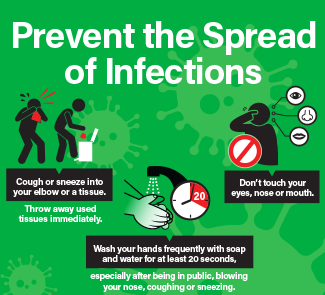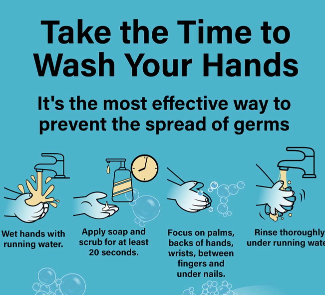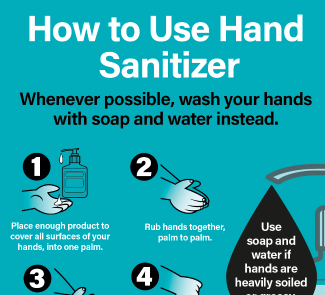Your gateway to a comprehensive collection of free, credible guidance, tools and resources
With globalization, the threat of infectious disease transmission is a growing concern.
Browse this site for helpful guidance, advice and tools to help you plan, prepare, prevent and protect against illnesses caused by infectious diseases in the workplace.
Access the SafeWork app for our collection of health and safety resources to help prevent the spread of infectious diseases.
Useful Tools against infectious disease outbreaks and pandemics
Use these tools to help you plan, prepare, prevent and protect against illnesses caused by infectious diseases in the workplace






